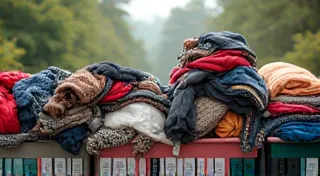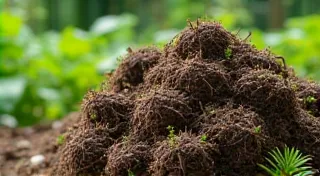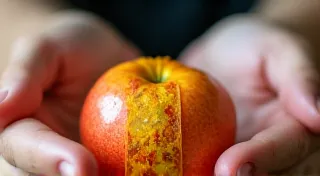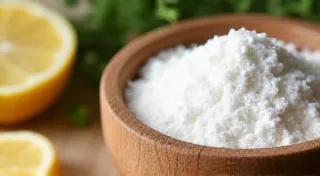The Ultimate Guide to Composting at Home: From Beginners to Experts
Composting is a cornerstone of sustainable living, offering a fantastic way to reduce waste and enrich your garden soil. It's more than just throwing kitchen scraps in a pile – it's a process that transforms organic waste into valuable fertilizer. This guide will take you from composting newbie to a seasoned pro, covering everything from the basics to troubleshooting common issues.
Why Compost? The Benefits are Numerous!
Before we dive into the "how," let's understand the "why." Composting offers a wealth of benefits for both you and the environment:
- Reduces Landfill Waste: Food scraps and yard waste make up a significant portion of what ends up in landfills. Composting diverts this waste, minimizing its environmental impact.
- Creates Nutrient-Rich Soil: Compost is a natural fertilizer, providing essential nutrients for your plants, reducing the need for synthetic fertilizers.
- Improves Soil Health: Compost improves soil structure, allowing for better water retention and aeration.
- Reduces Greenhouse Gas Emissions: Landfills produce methane, a potent greenhouse gas. Composting reduces this emission.
- Saves Money: Less need for store-bought fertilizers and soil amendments means more money in your pocket!
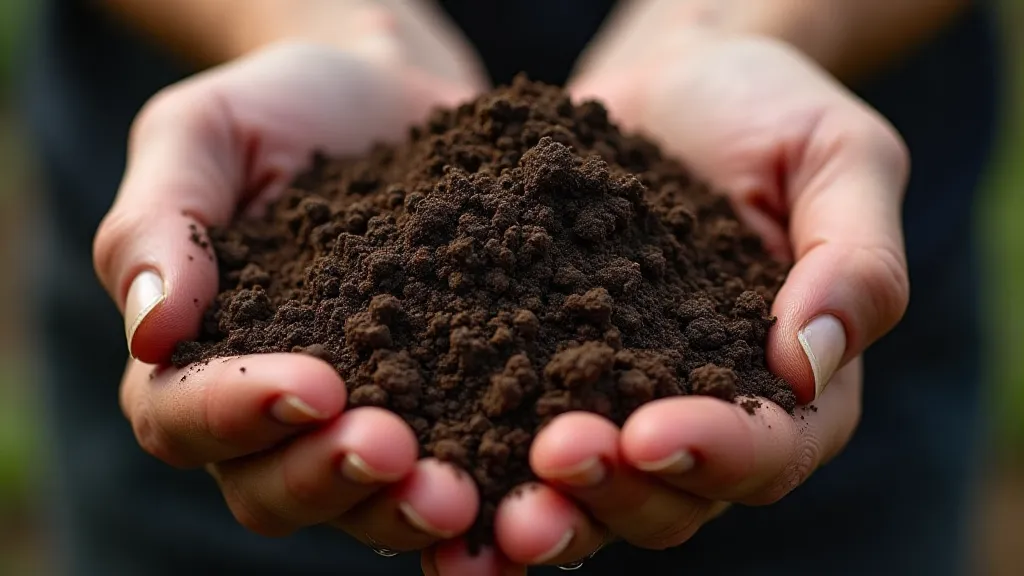
Getting Started: Choosing the Right Composting Method
There's no one-size-fits-all approach to composting. Here are a few popular methods to consider:
- Pile Composting (Traditional): The simplest method, involving creating a pile of organic materials in your yard. Requires space and regular turning.
- Bin Composting: Using a bin (plastic, wood, or metal) to contain the composting process. Provides better containment and can be more aesthetically pleasing.
- Tumbler Composting: Rotating bins that make turning the compost much easier and accelerate the decomposition process. A great option for smaller spaces.
- Vermicomposting (Worm Composting): Using worms to break down organic waste. Ideal for apartments and indoor composting. Requires specific worm species (red wigglers).
- Bokashi Composting: An anaerobic process using beneficial microbes to ferment food waste. Can handle meat and dairy (unlike traditional methods). Requires a Bokashi bucket and bran.
The Compost Recipe: Greens, Browns, and Water
Successful composting relies on a balanced ratio of "greens" and "browns."
- Greens (Nitrogen-Rich): These provide nitrogen to feed the microbes. Examples: food scraps (fruit and vegetable peels, coffee grounds), grass clippings, fresh manure.
- Browns (Carbon-Rich): These provide carbon and add structure. Examples: dried leaves, shredded paper/cardboard, straw, wood chips.
- Water: Compost needs moisture to function effectively – like a wrung-out sponge.
A good rule of thumb is a 2:1 or 3:1 ratio of browns to greens. Don't be afraid to experiment!
What Can You Compost? (And What to Avoid)
Here's a handy list to guide you:
Yes, Compost These:
- Fruit & Vegetable Scraps
- Coffee Grounds & Filters
- Tea Bags (remove staples)
- Eggshells
- Yard Waste (leaves, grass clippings, small twigs)
- Shredded Paper & Cardboard
- Newspaper
No, Don't Compost These:
- Meat & Dairy (unless using Bokashi)
- Oily Foods
- Diseased Plants
- Pet Waste
- Pressure-treated Wood
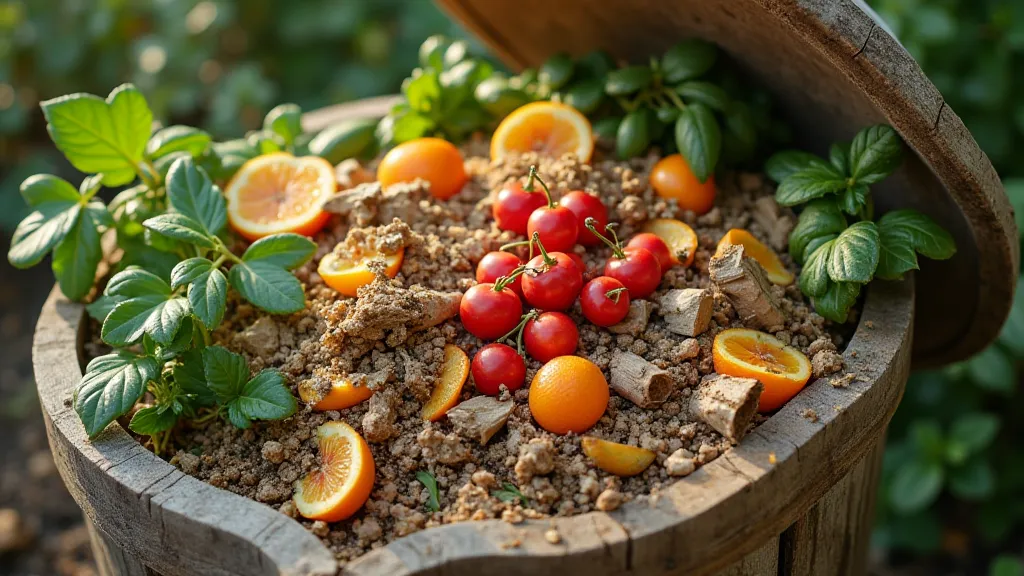
Troubleshooting Common Composting Problems
Even experienced composters encounter issues. Here's how to tackle them:
- Smelly Compost: Too much green material or lack of aeration. Add more browns and turn the pile more frequently.
- Dry Compost: Add water.
- Wet, Soggy Compost: Add more browns.
- Slow Decomposition: Pile may be too dry or lacking in nitrogen. Add water and greens, and ensure adequate aeration.
- Pests: Bury food scraps deep within the pile. A well-maintained compost pile is less attractive to pests.
Harvesting Your Compost
After several months (or longer, depending on the method and climate), your compost should be ready to harvest. It will be dark, crumbly, and earthy-smelling. Screening the compost removes any larger, un-decomposed pieces.
Beyond the Basics: Advanced Composting Techniques
Once you're comfortable with the fundamentals, explore these techniques:
- Hot Composting: Maintaining a higher pile temperature to accelerate decomposition. Requires careful monitoring of moisture and aeration.
- Lasagna Gardening (Sheet Mulching): Building a compost pile directly in a garden bed.
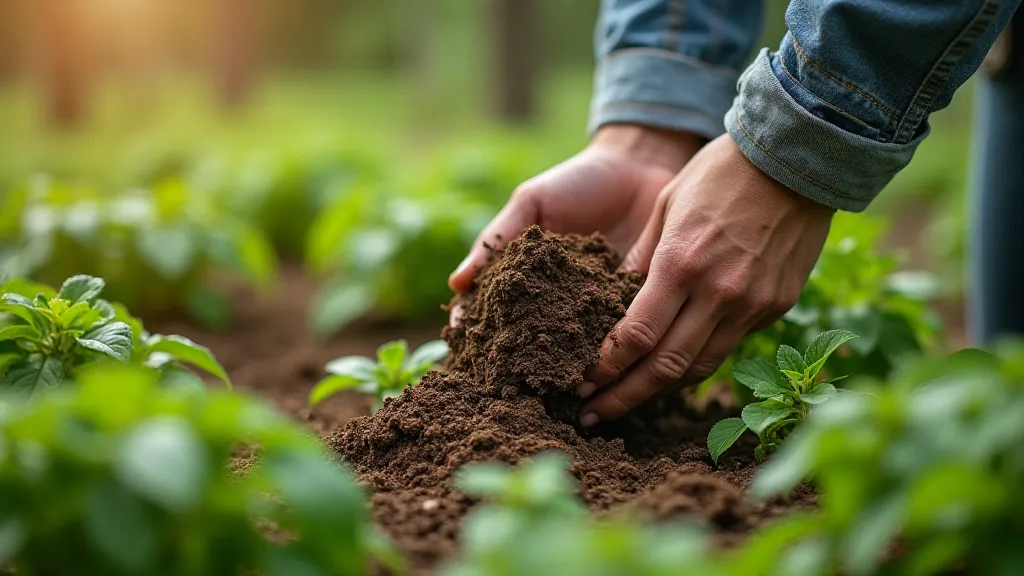
Composting is a rewarding journey towards a more sustainable lifestyle. Start small, experiment, and enjoy the process of turning waste into valuable resources for your garden!
